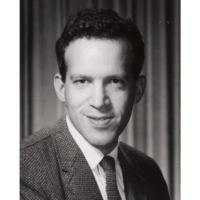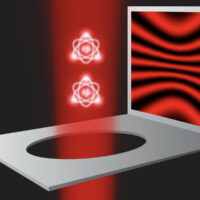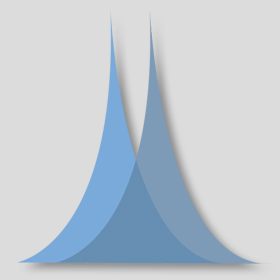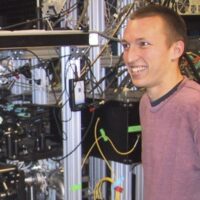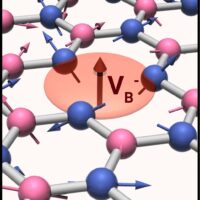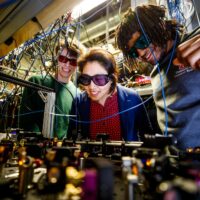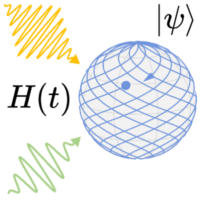News
Fri August 15, 2025
Professor Emeritus Daniel Kleppner, highly influential atomic physicist, dies at 92
News type:
Thu August 7, 2025
Famous double-slit experiment holds up when stripped to its quantum essentials
News type:
Tue April 15, 2025
Prof. Vladan Vuletic Wins 2025 Arthur L. Schawlow Prize in Laser Science
News type:
Mon March 31, 2025
Intrinsic high-fidelity spin polarization of charged vacancies in hexagonal boron nitride
News type:
Tue November 26, 2024
Maximum Entropy Principle in Deep Thermalization and in Hilbert-Space Ergodicity
News type:
Wed November 20, 2024
Hilbert-Space Ergodicity in Driven Quantum Systems: Obstructions and Designs
News type:
